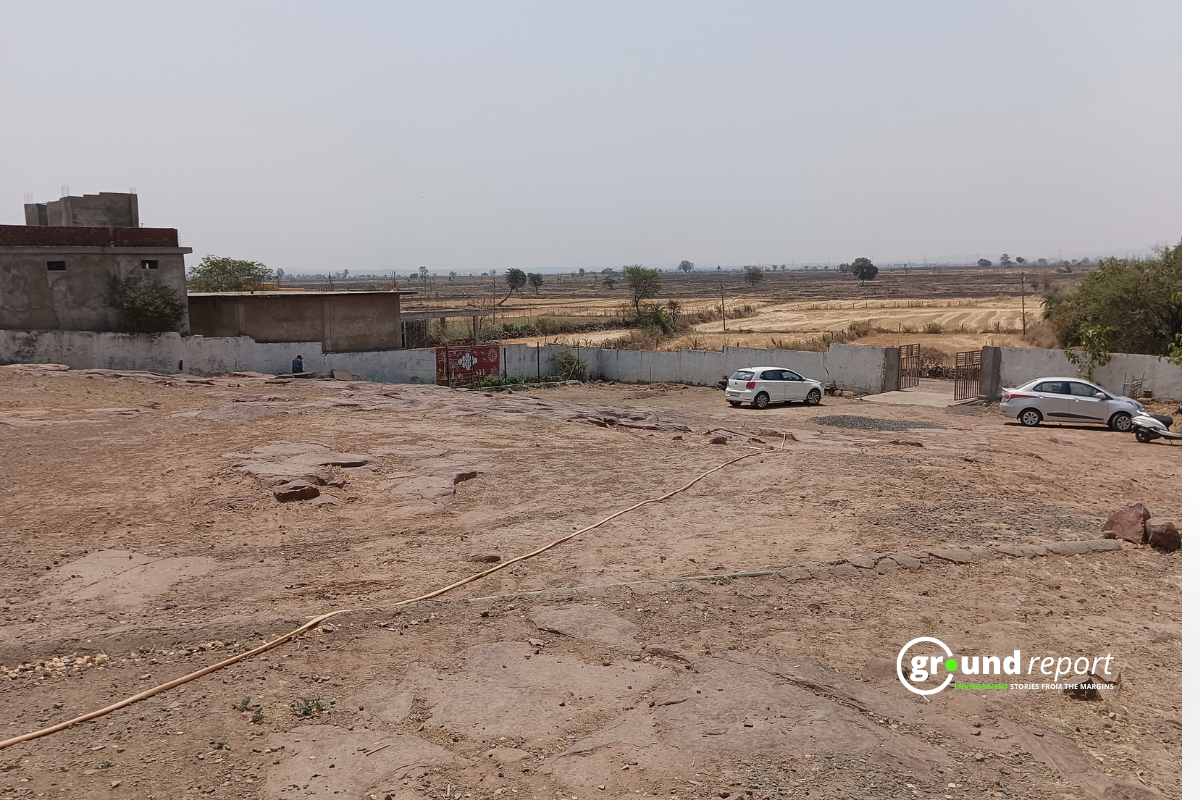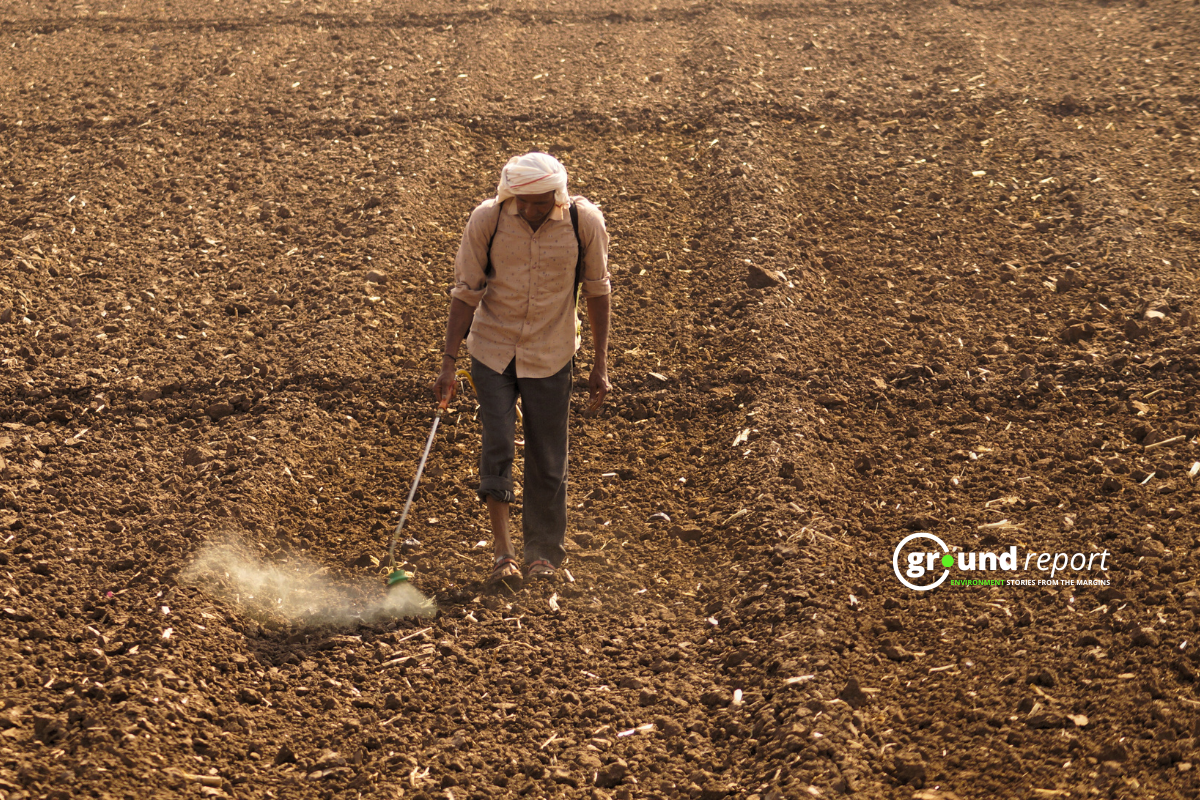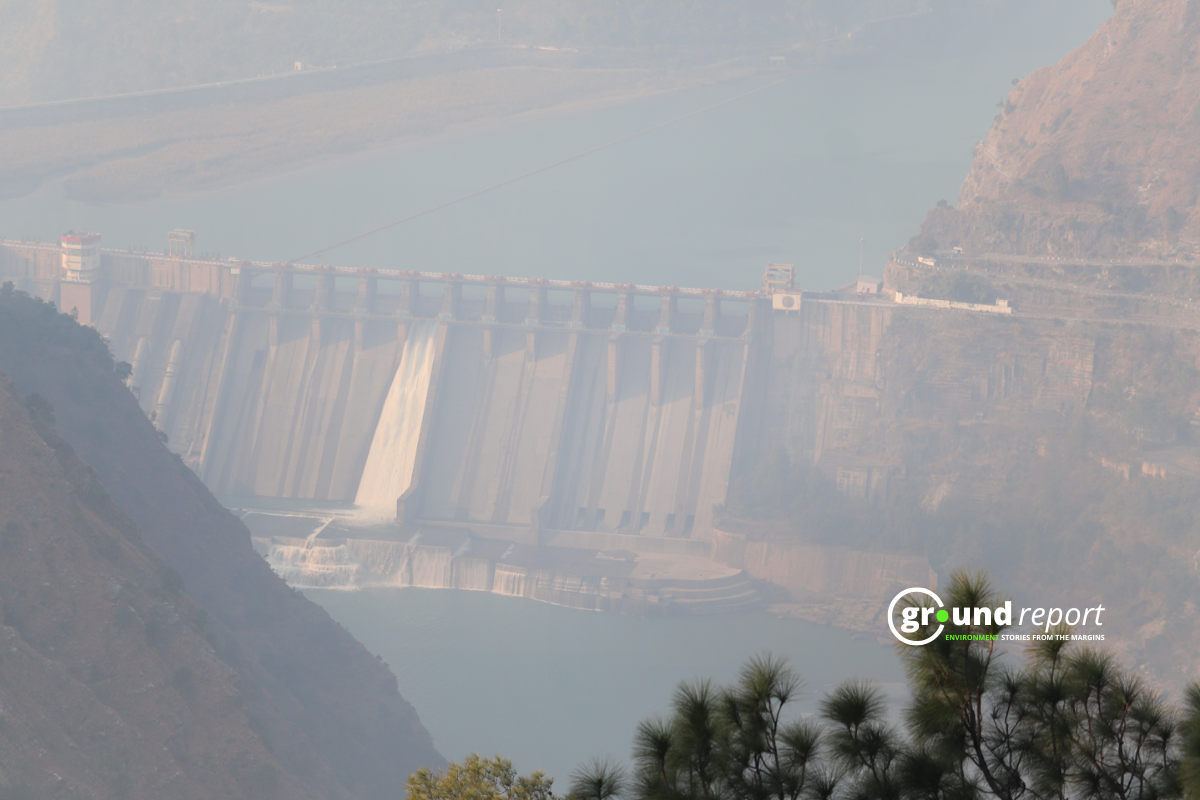The average rate of retreat of the largest glacier in Uttarakhand, about 30 kilometres long, between 0.5 and 2.5 kilometres wide and with an area of 143 square kilometres, was 20 meters a year between 1935 and 1996, but the melting increased to 38 meters per year.
Gangotri Glacier Melting
During the last decade, the Gangotri retreated about 300 meters, according to different studies on this glacier.
The meltwater from this glacier, emerging at an altitude of 3,950 meters, forms the Bhagirathi River, which then joins the Alaknanda River to form the majestic Ganges at Devprayag.
The Upper House (Rajya Sabha) of Parliament was informed last March that the Gangotri Glacier lost almost 0.23 square kilometres in 15 years (2001-2016).

Rakesh Bhambri, a scientist at the central government-run institute and lead author of the yet-to-be-published study, said his new estimate of the retreat is based on a comparison of the 1935 Geological Survey of India (GSI) map. with the current situation in the region. “Our most recent estimate shows that the glacier has retreated 1,700 meters and the rate of retreat is increasing,” he said.
He added that the rate of retreat has been increasing with each decade and that if the current rate of retreat continues, it will take approximately 1,500 years for the Gangotri Glacier to melt. “But this cannot be exactly as we don’t know how contributing factors such as temperature, rainfall and snowfall will change in the coming years. The decrease in glacial mass, which we are currently studying, will give us a more accurate estimate in the future.”
Largest glacier in Uttarakhand
Gangotri is the largest glacier in the Uttarakhand Himalayas, with a length of about 30 kilometres, a width of about 0.5 to 2.5 kilometres and an area of about 143 square kilometres. The meltwater from this glacier, emerging from its snout at Gaumukh at an elevation of 3,950 meters, forms the Bhagirathi River, which then joins the Alaknanda River to form the Ganga at Devprayag.
Glacial retreat is expected to accelerate due to climate change, according to scholars. In 2021, a glacier outburst in Chamoli district caused a flash flood in the Dhauliganga River, destroying Raini village and two hydroelectric power stations, and killing 170 people.
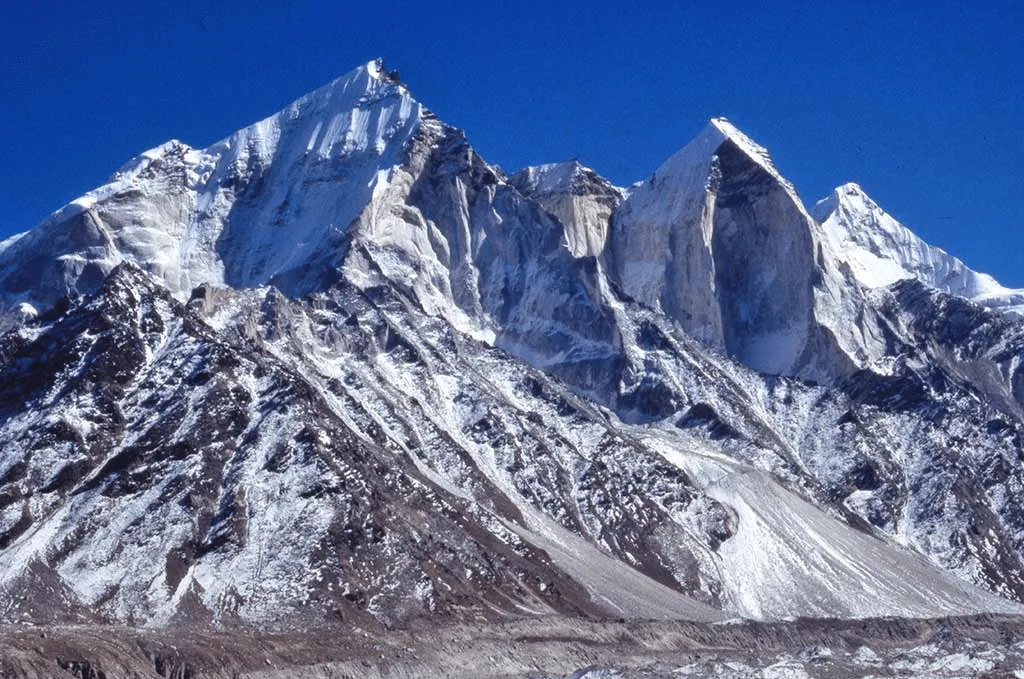
The Himalayan Institute for Environment and Development stated that the increase in temperature in the highlands of that mountainous region is greater compared to the global average, which, together with changes in the pattern of rainfall and snowfall, contributes to the glacier decline.
He also stated that the retreat of glaciers in the Himalayan region is expected to accelerate due to climate change, which will result in debris flow activities in the glacial regions of the surrounding moraines shortly. “In this context, our efforts are focused on studying the stability, structure and strength of moraines near the glacier to mitigate the risk of glacial debris flow and glacial lake outbursts in the region.”
Glacier outburst
In 2021, a glacier outburst in Chamoli district caused a flash flood in Dhauliganga, destroying Raini village and two hydroelectric plants, and killing an estimated 170 people. Kireet Kumar, a scientist at the G.B. The Pant Institute for Himalayan Environment and Development, which has also studied the Gangotri Glacier area, stated that the average rate of retreat of the Gangotri Glacier over the past decade has been around 12 to 13 meters per year.
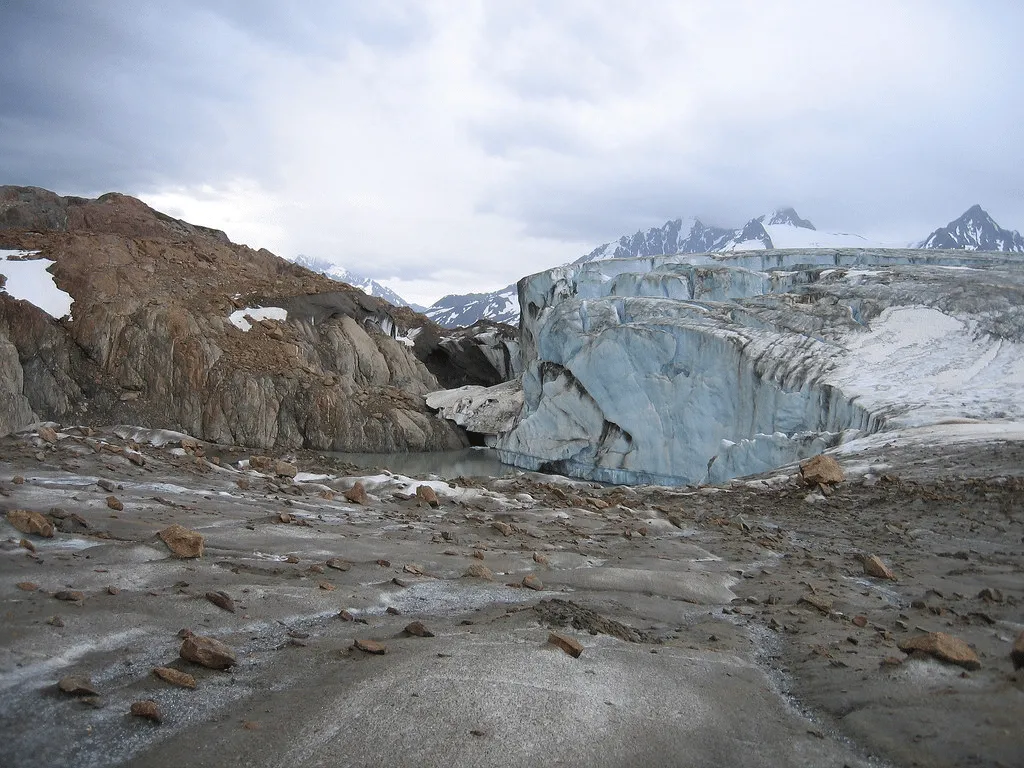
“The average temperature change in the higher reaches of the Himalayas is larger compared to the global average. This, together with changes in the pattern of precipitation and snowfall, is contributing to the retreat of glaciers and the decrease in the total mass of the Gangotri glacier,” said the director of the Wadia Institute of Himalayan Geology, Kalachand Sen, scientists from the institute are studying the Gangotri Glacier area because it is the source of the Ganges and a large number of people visit the area.
Water source of Ganga
Kalachand Sen, director of the Wadia Institute of Himalayan Geology, said scientists from the institute are studying the Gangotri Glacier area as it is the source of Ganga and a large number of people visit the area.
“In the Kedarnath tragedy of 2013, the outburst of a moraine-dammed glacial lake created havoc downstream from Mandakini and its tributary river valleys in the region. The Gangotri area is frequently visited by pilgrims and mountaineers, especially Tapovan, Sundervan and Kalindi Pass Given the risk factors involved, investigation of such events is important for future planning and mitigation of hazards such as glacial lake outbursts in the region, in the interest of the public and the sacred region in as a whole,” Sen said.
968 Glaciers in Uttarakhand
There are 9,575 glaciers in the Indian Himalayas, of which 968 are in Uttarakhand. Fewer than two dozen glaciers in the state are currently being monitored, including Gangotri, Chorabari, Dunagiri, Dokriyani and Pindari.
Keep Reading
Part 1: Cloudburst in Ganderbal’s Padabal village & unfulfilled promises
India braces for intense 2024 monsoon amid recent deadly weather trends
Support us to keep independent environmental journalism alive in India.
Follow Ground Report on X, Instagram and Facebook for environmental and underreported stories from the margins. Give us feedback on our email id greport2018@gmail.com.
Don’t forget to Subscribe to our weekly newsletter, Join our community on WhatsApp, and Follow our YouTube Channel for video stories.


